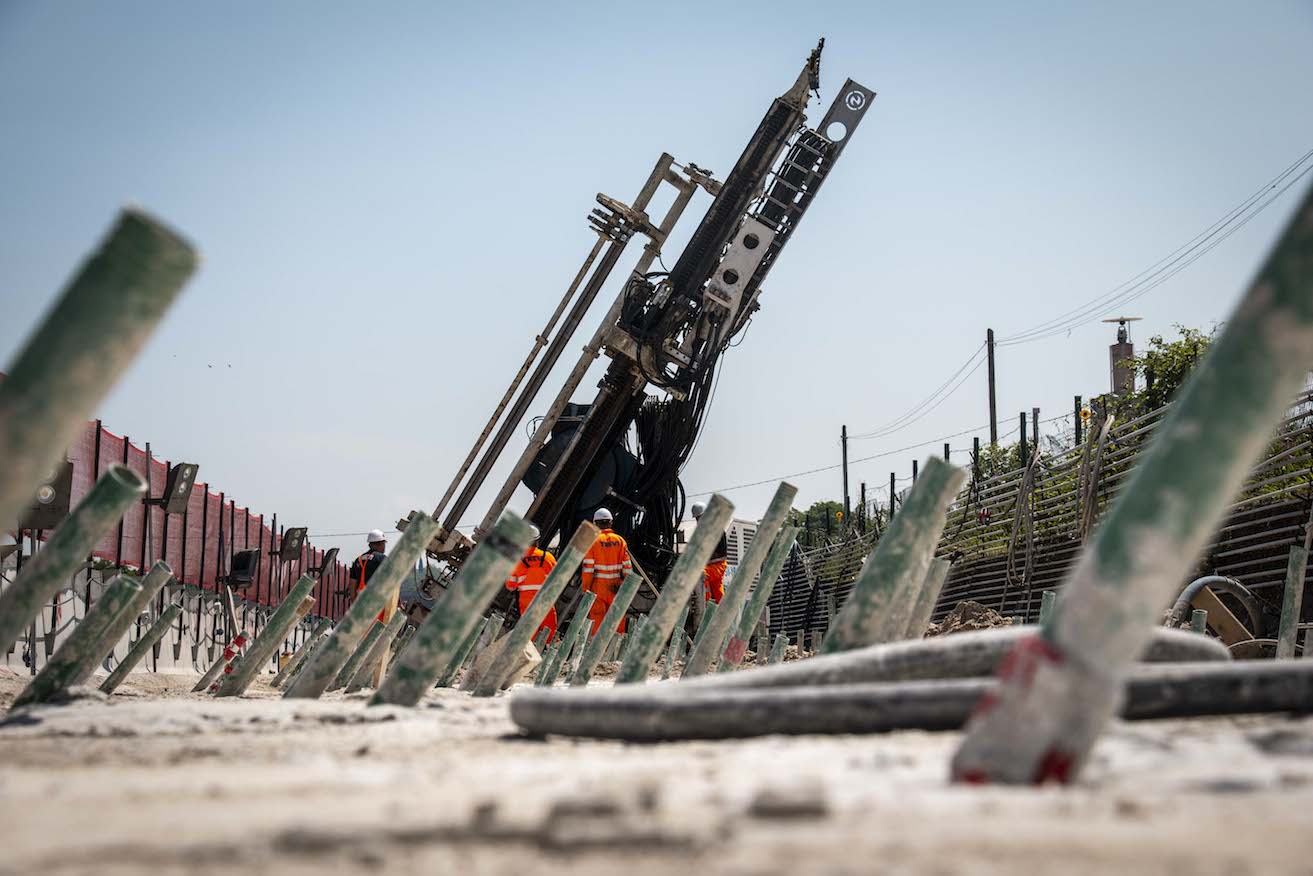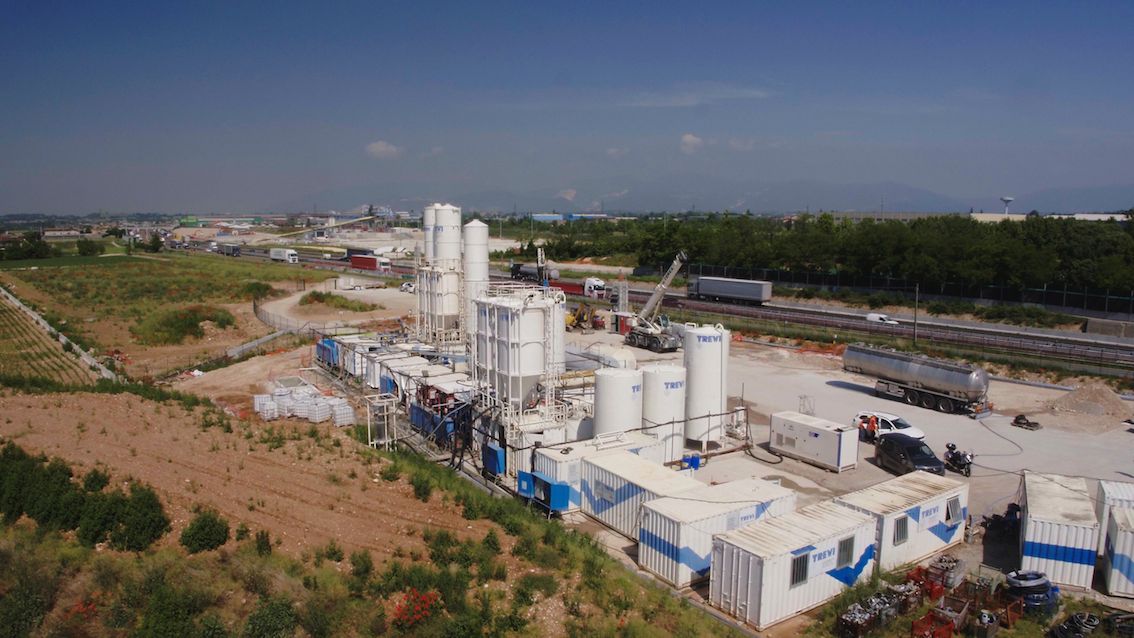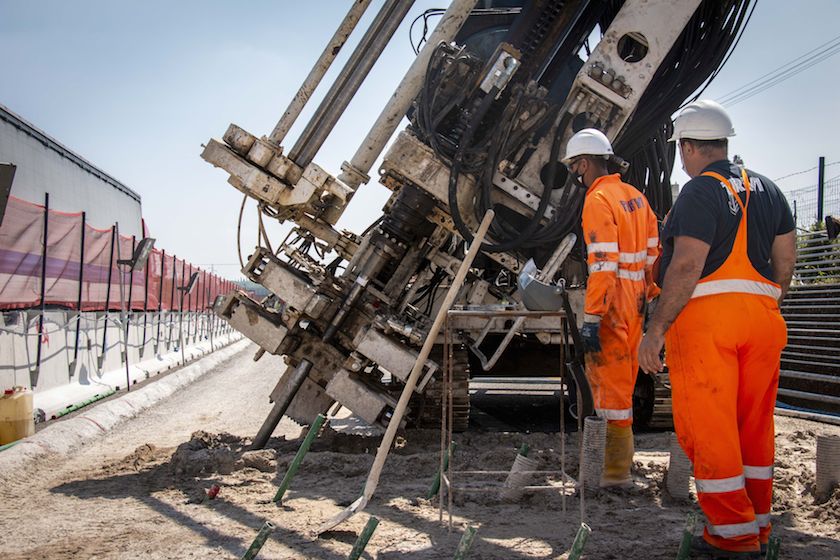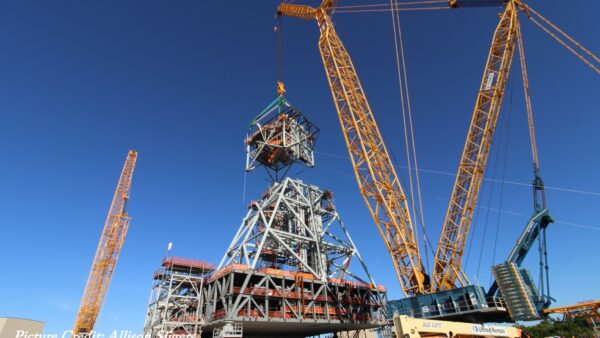
Italy’s Trevi Group, a leading company in foundation works, is currently firming up soil at a location south of Lake Garda in Italy to make it ready for a tunnel – the Lonato Tunnel – to be bored under the A4 highway for the planned Brescia-Verona High-Speed/High-Capacity railway.
In a note shared with GCR, Trevi said the operation to prevent subsidence involves injecting some 10 million litres of bespoke grouting mixture, which it will do by drilling just short of 90,000 linear metres in multidirectional geometries to get adequate coverage.
The Brescia East-Verona line is about 48km long, running mostly alongside the A4 highway to its north, but just east of Calcinato in Brescia province it goes under the A4 at an obtuse angle to continue above ground on the freeway’s south side. The soil consolidation project was deemed necessary to protect the road from subsidence before the tunnel boring machine (TBM) is deployed.
A Trevi spokesperson told GCR that the TBM will bore a 4,792m-long section under the highway and its surrounding area, while open-air tunnels on either end complete the 7,950m-length of the Lonato Tunnel.

Trevi’s job is to improve the physical-mechanical characteristics of the soil closest to the A4 to a depth of between 15m and 25m.
The initial design entailed that the sections to be consolidated had to be treated with three different types of drilling, all starting from ground level.
1. Sub-vertical drilling;
2. Curvilinear sub-horizontal drilling (remotely controlled by the HDD technology), with direction perpendicular to the tunnel axis;
3. Curvilinear sub-horizontal drilling, also remotely controlled, with direction longitudinal to the axis of the tunnel.
However, the poor capacity of the soil to be permeated by the mixtures hypothesized by the project, and the complex drilling geometry, led Trevi to design a different approach.
After testing, Trevi reshaped the project mesh, selecting subvertical drilling carried out from the ground level directly above the tunnel and increasing the number of valves per linear metre.

In addition, Trevi developed more effective mixtures for the soil treatment, including a combination of cement mixes and silicate-based chemical mixtures. The cement-based mixes were prepared with special additives and low cement content to obtain rheological features leading to a better permeation capability. The silicate-based mixes were grouted to fill the smallest soil pores to obtain a better soil treatment.
To apply this approach, A4 Autostrade gave permission for drilling to be carried out the A4’s emergency lanes (both directions) without interrupting traffic. Trevi said this made it possible to refine and shorten working times.
“As of today,” Trevi said, “we are completing the intervention phase on A4, and the first results of the post-treatment tests show a clear improvement in the mechanical characteristics of the consolidated soils.
“Obviously, the continuation of the interventions will be subject to further post-treatment tests, which will be useful in order to evaluate the effectiveness of the grouting treatments.”
Background and project credits
The planned Brescia-Verona High-Speed/High-Capacity railway line is a key project of the Milan-Verona railway link which, in turn, is part of the Turin-Trieste line connecting Spain to the Ukrainian border.
Commissioned by Rete Ferroviaria Italiana, the railway is being built by the Cepav Due consortium consisting of Saipem (59.09%), Impresa Pizzarotti (27.27%) and Gruppo ICM (13.64%). Italferr is responsible for high supervision and construction works supervision.
Seli Overseas, a subsidiary of Italy’s Webuild, is responsible for the Lonato Tunnel boring.
Further reading:






